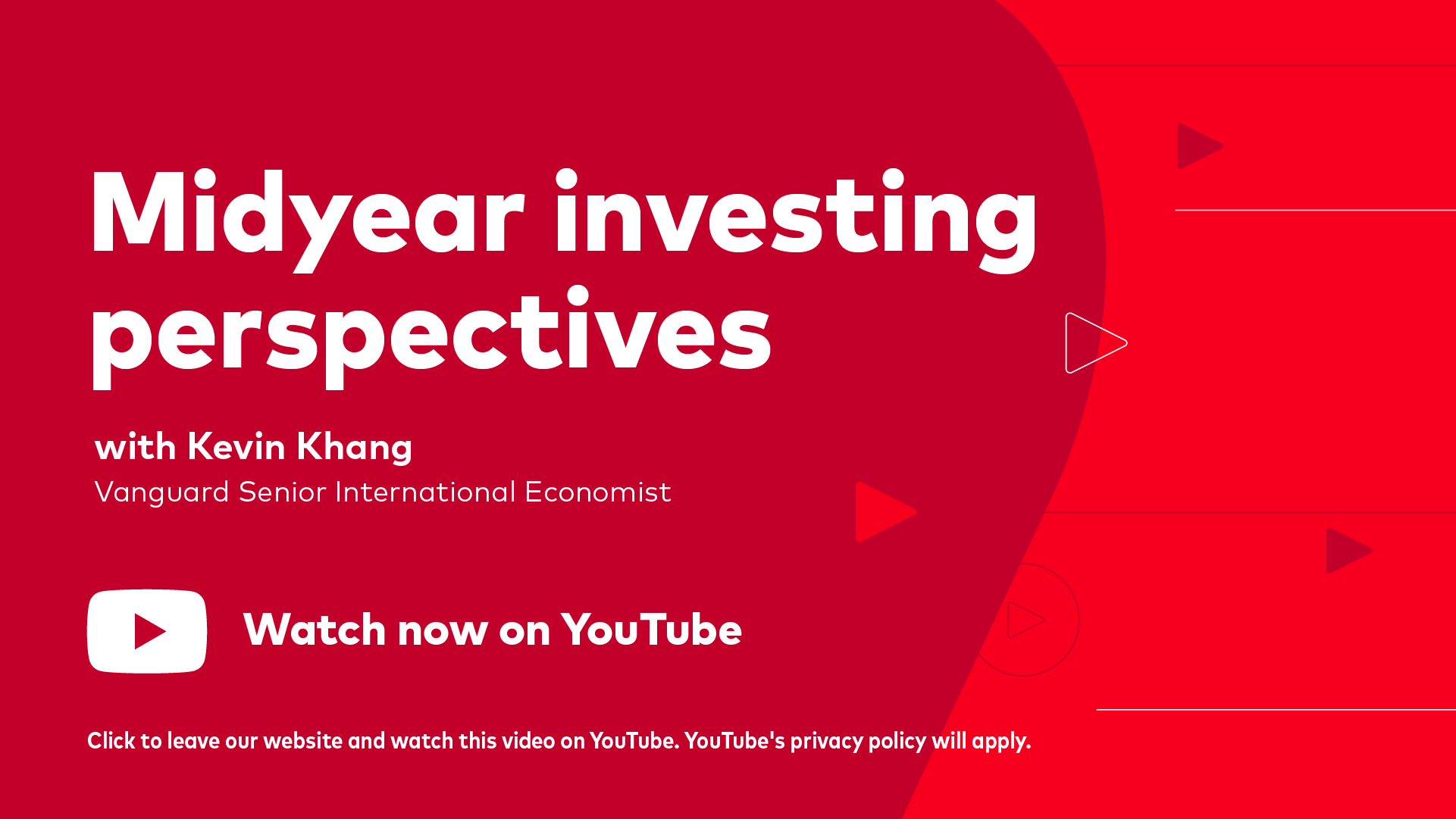Voiceover: In our 2025 outlook, we underscored our belief that a higher-interest-rate environment was here to stay and emphasized a growing market tension between potential economic developments and stretched U.S. equity valuations. Although geopolitical events bear watching, it has been the emerging risk of tariffs that has driven markets and economies this year.
Kevin Khang: We’ve seen a much more dominant role of global tariff discussions playing and driving the outlooks for both the U.S. and the global economy. They’re likely to have an impact on both the growth and inflation numbers for the rest of the year. We’ll need to exercise extra judgment in discerning what is the signal and what is the noise in the numbers that are likely to be very volatile.
Voiceover: Beyond tariffs, we’re watching what we expect will be a crucial development for markets and the economy in the years ahead.
Kevin Khang: There are two key trends that we are monitoring for not only the short term, but also the longer term. The first one is that of the rising fiscal deficits, which are on a path of an unsustainable growth. The second trend is the extent to which productivity gains are coming from the impact of AI diffusing throughout the economy. Our view is that, between these two trends, it’ll be quite the contest—tug of war, if you will—to really shape the economy for the decade to come here in the U.S.
Voiceover: In Europe, a commitment for increased spending, specifically for defense, has boosted immediate economic prospects, and could even have long-lasting effects.
Kevin Khang: In the short term, if they actually stay true to the plan, that's going to have some stimulative impact on the economy, generating more growth than we otherwise would have seen. It will also be a kernel of homegrown productivity growth because defense spending and investment has a way of potentially generating and then increasing one’s chances of finding a profound productivity growth.
Voiceover: We’ve said for some time that a higher-interest-rate environment than we experienced before the pandemic has arrived. That should change how investors think about bond returns.
Kevin Khang: Instead of expecting their bond holdings to appreciate aggressively in value, thanks to declining interest rates, they might want to embrace a different mentality, a different expectation, to earn most of the return from receiving interest and reinvesting that interest income at higher rates.
Voiceover: We continue to emphasize caution related to U.S. equity prices.
Kevin Khang: U.S. equity valuations have been stretched for a number of years, delighting investors who are already in that space but also weighing on expected future returns because when the prices are high, generally speaking, that means lower returns going forward.
Voiceover: We believe two things would need to happen to drive U.S. equity prices much higher: continued impressive growth in corporate earnings, and investor willingness to pay a higher price for earnings.
Kevin Khang: Either one would be considered extraordinary. And both of them happening would be quite unlikely. Putting all this together, we see a real value in diversifying beyond U.S. tech-heavy equity, blending this portfolio with stocks that are more priced for resilience.
